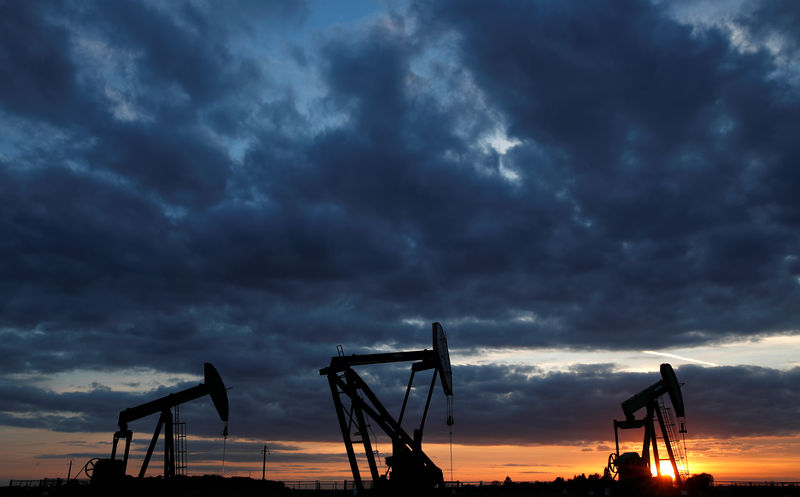Gold has topped $4,200. Here’s why Yardeni thinks the rally could go even higher.
Investing.com - Brent crude prices have been on a steady decline since touching a level as high as $128 a barrel in 2022, and could see further downward pressure over in 2025 and next year, according to analysts at BofA.
In a note to clients on Monday, the bank estimated that the international benchmark will average roughly $75 a barrel this year and $73 per barrel in 2026, adding that uncertainties around geopolitics, trade and supply will "likely tilt the balance lower for prices."
Traders have been mulling a range of potential catalysts for oil prices in recent months.
Sanctions on key Russian oil exports have helped to support Brent, although discussions last week between Moscow and U.S. officials over ending the war in Ukraine have bolstered wagers that the restrictions may be lifted. The move could lead to a rush of fresh oil supply on to world markets, which may weigh on prices.
At the same time, the immediate effect of U.S. President Donald Trump’s plans to impose sweeping tariffs on friends and adversaries alike is still unclear, but some analysts have speculated that it could dent global demand.
The Organization of the Petroleum Exporting Countries and its allies including Russia -- known as OPEC+ -- are also reportedly considering whether to delay oil supply increases set to begin in April, even as it faced calls from Trump to bring down prices. The producer group previously extended the planned output increase through the first quarter of 2025.
However, Russian Deputy Prime Minister Alexander Novak has said that OPEC+ are not mulling a delay to the increases.
OPEC+ is currently cutting production by 5.85 million barrels per day, or about 5.7% of global supply, in a bid to keep stocks low and set a floor under Brent prices of $70/bbl, the BofA analysts said. The April supply hike would unwind 2.2 bpd of cuts through a monthly rise of 138,00 bpd, Reuters has reported.
Over the medium term, the BofA analysts see Brent prices averaging around $60/bbl to $80/bbl through 2030, "so oil markets can stay balanced.
BofA projects that oil consumption will average around 1.1 million barrels per day over the next two years, down from 2.3 million barrels a day in 2023. After that, demand is then tipped to "embark on a slower growth path," particuarly as the widespread adoption of electric cars dampens fuel use, BofA predicted.
Still, the analysts flagged that prices could be pushed higher by a major slowdown in EV sales globally, as well as "a return to heightened geopolitical tensions" and delays to deepwater drilling projects.
Downside pressures to Brent, meanwhile, could come from a period of weak worldwide economic activity, higher volumes of OPEC+ output, and "unforeseen improvements" in the productivity of U.S. shale, the analysts said.
